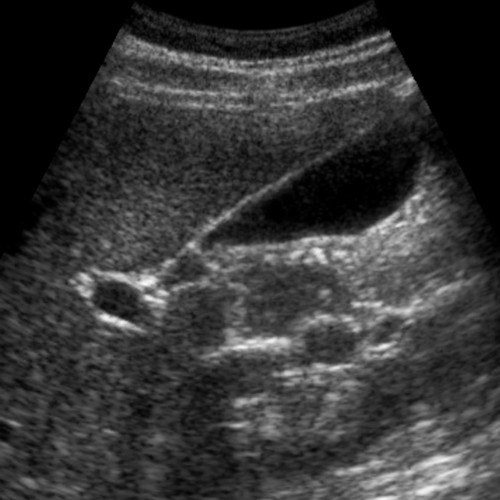The utility of ultrasound for evaluating the liver continues to evolve in concert with improved image resolution provided by modern-day ultrasound machines, advances in Doppler-mode imaging, and scanning protocols that integrate ultrasound contrast. Liver ultrasound can be used to evaluate a multitude of conditions, such as liver cirrhosis, liver failure, portal hypertension, tumors, abscesses, and traumatic injury. The Liver: Anatomy & Physiology Module begins with an overview of the role of ultrasound in the evaluation of the liver. A brief review of liver anatomy and physiology is provided. The sonographic anatomy of the liver and classification systems of the liver are described. Optimal transducer selection, patient positioning, imaging approaches, and techniques for sonographically evaluating the liver are discussed. The course concludes with imaging tips and pitfalls and a summary of salient teaching points.
This activity has been planned and implemented in accordance with the accreditation requirements and policies of the Accreditation Council for Continuing Medical Education (ACCME) through the joint providership of the American College of Emergency Physicians, the Illinois College of Emergency Physicians, and SonoSim, Inc. The American College of Emergency Physicians is accredited by the ACCME to provide continuing medical education for physicians.
The American College of Emergency Physicians designates this enduring material for a maximum of 2.75 AMA PRA Category 1 Credits™. Physicians should claim only the credit commensurate with the extent of their participation in the activity.
Approved by the American College of Emergency Physicians for a maximum of 2.75 hours of ACEP Category I credit.












